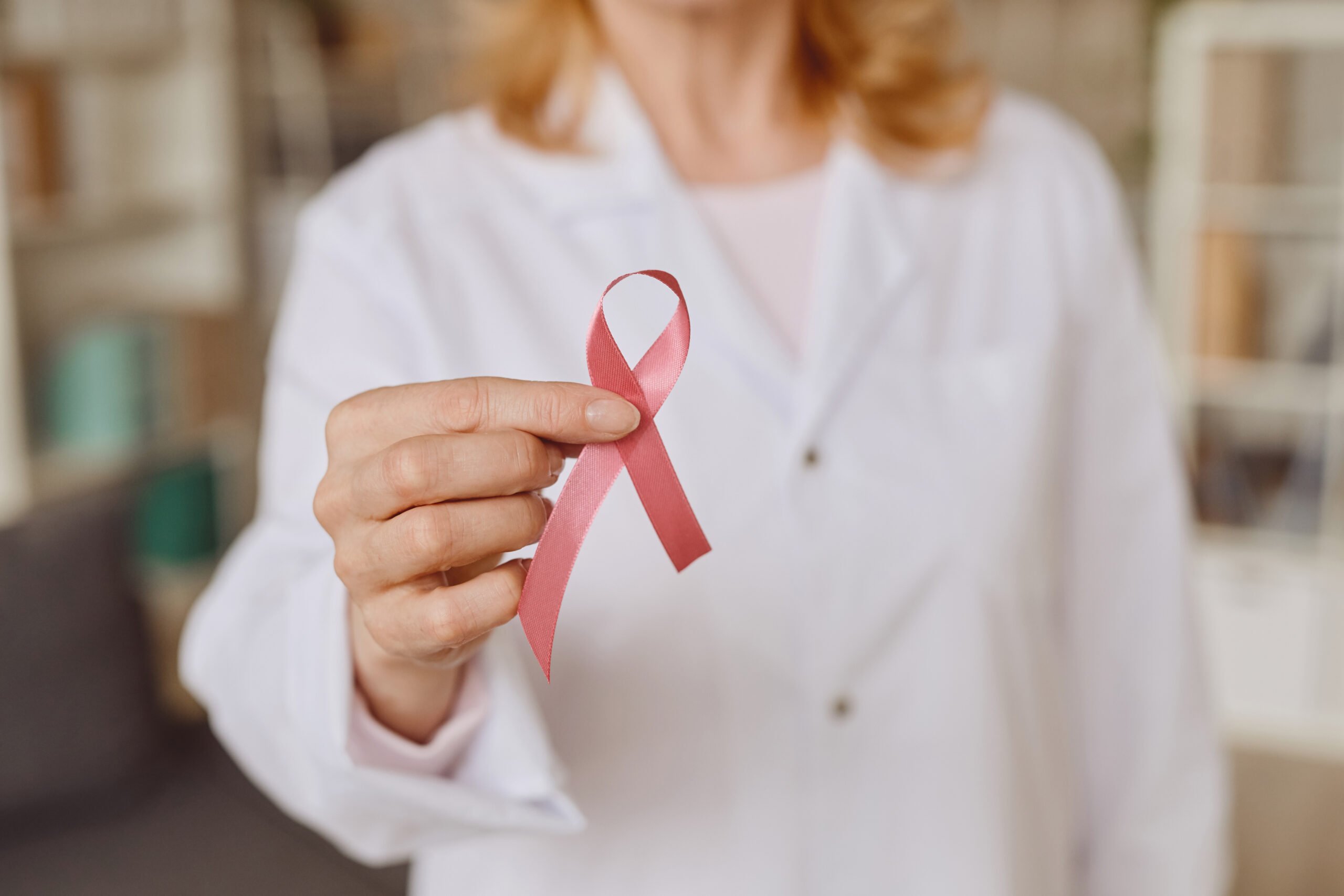
Breast cancer is the second-most common type of cancer, just after skin cancer. While the medical community has made great strides in treating it, it’s still extremely important to be aware of and educated about the signs and risk factors. As October is National Breast Cancer Awareness Month, we figured it’d be good to have an honest conversation.
What Causes Breast Cancer?
The understanding of most cancers is this: when cells grow abnormally and divide quickly, they form a cancerous mass, which can then spread throughout your body. Unlike lung cancer, which can, in some cases, be directly linked to smoking, a concrete cause of breast cancer is not yet known. Doctors understand risk factors, but those are not definitive either; people with none of the risk factors can still develop breast cancer.
Risk Factors
Researchers have identified factors that may contribute to a person’s likelihood of developing breast cancer:
Being Female
Breast cancer can happen in anyone with breast tissue, so it’s important for men to be aware of the signs as well. However, over 99% of new cases develop in women.
Having a History of Breast Cancer:
If you have relatives who have been diagnosed, you have a higher risk of developing it as well. Additionally, if you’ve already had cancer in one breast, you are at an increased chance of developing it in the other.
Being Older in Age:
Besides being female, age is one of the biggest risk factors. Most cases are diagnosed in women over 50.
Radiation Exposure:
If you received radiation treatment to your chest under the age of 30, you have a higher risk.
Obesity:
Especially after menopause, being overweight increases your risk.
Signs and Symptoms
When performing a self-exam, look for the following, as well as any other changes in the way your breasts look or feel:
- A lump or “thickening” of the tissue
- Dimpling or pitting of the breast skin
- Abnormal discharge from the nipple
- Redness or scaliness of the nipple or areola
- A new inversion or retraction of the nipple
The Importance of Personal Health Mindfulness
Because anyone can develop cancer, awareness is an important tool. Knowing what to look for is the first step; a breast self-exam should be performed at least once a month. Pay attention to how your breasts look and feel, so you can notice abnormalities in the future.
Don’t hesitate to speak with your doctor if you notice any of the signs or any changes in your breasts, and if you’re older than 40, consider planning for yearly mammograms.
Look into your family’s history of breast cancer to determine if you’re at an elevated risk and if you have children who are nearing or have reached adulthood, educate them as well, both on your family’s history and on the warning signs.
For more information on personal health and safety, visit the Specialized Health and Safety blog.

